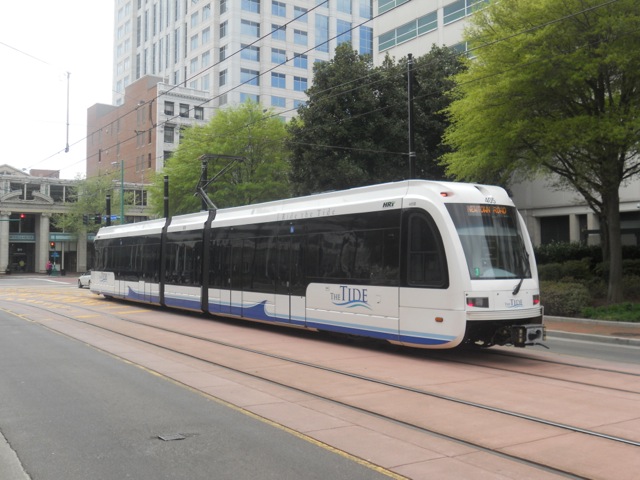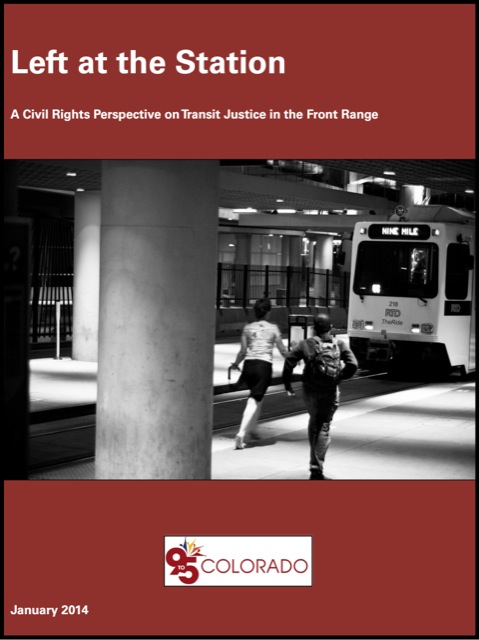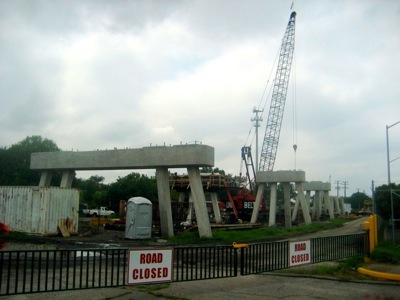A pedestrian was killed by a light-rail train in Denver last Thursday, February 12. The very next day, another pedestrian was killed by a light-rail train in San Jose.
According to the Bureau of Transportation Statistics, 40 people were killed in light-rail accidents in 2012. This is the most since at least 1992 (the earliest year for which I have numbers available). While the numbers vary from year to year, in all the years since 1995, light-rail accidents killed 333 people.
A few days ago, the Antiplanner mentioned that auto accidents kill about 34,000 people a year. That sounds horrible, and it is, but unlike light-rail numbers, auto fatalities have been declining. More important, light rail carried just 26.7 billion passenger miles in all the years between 1995 and 2012. By comparison, highway vehicles traveled nearly 3 trillion vehicle miles in 2012 alone. At an average occupancy of 1.67 people per car (see page 33), that’s 5 trillion passenger miles.










